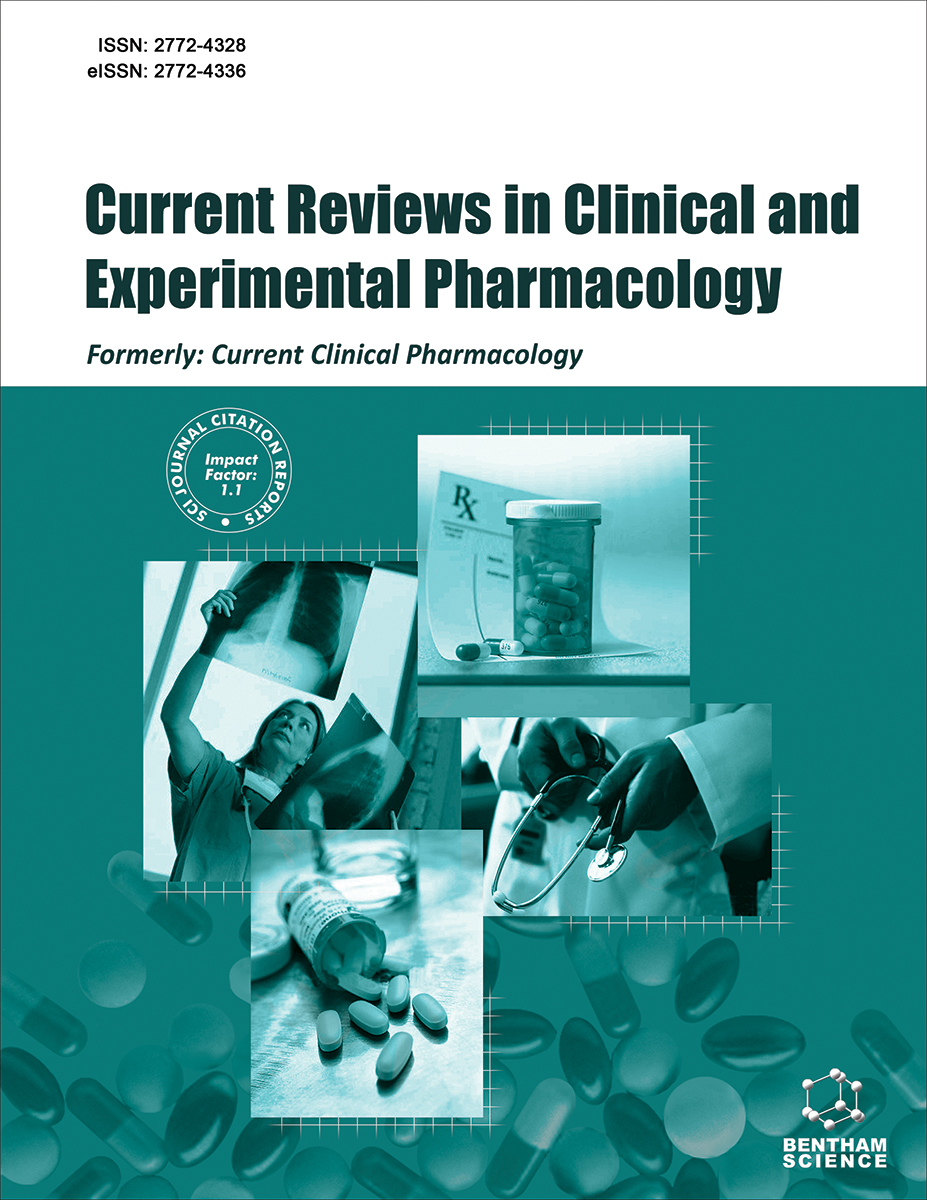
Full text loading...
We use cookies to track usage and preferences.I Understand

All vitiligo treatments are restricted, and no known treatment reliably produces repigmentation. In this study, we investigated the efficacy and safety of 5-Fluorouracil (5FU) as adjuvant therapy in treating vitiligo.
Using five significant databases, an electronic systematic search of the literature was conducted. Randomized Clinical Trials (RCTs) that investigated 5FU for treating vitiligo in humans were selected for a meta-analysis and systematic review. This study was conducted by following PROSPERO (CRD42022345736).
A total of 10 studies involving 302 patients were included in our systematic review. The meta-analysis of eight studies revealed that the combination of 5FU with microneedling showed a statistically significant superior effect in comparison with other treatment modalities in inducing >75% repigmentation (OR= 4.47; 95%CI= (2.39, 8.35), P < 0.00001). 5FU with microneedling versus microneedling alone showed higher efficacy of 5FU with statistically significant results (OR= 4.22; 95%CI= (1.55, 11.44), P= 0.005). Regarding the influence of different formulations of 5FU, the meta-regression revealed that the highest efficacy was achieved when microneedling was combined with liposomal formulations. There were not any reported severe side effects related to 5FU.
5FU as an adjuvant treatment for vitiligo was found to be more effective in achieving ≥75% repigmentation rates.

Article metrics loading...

Full text loading...
References


Data & Media loading...
Supplements